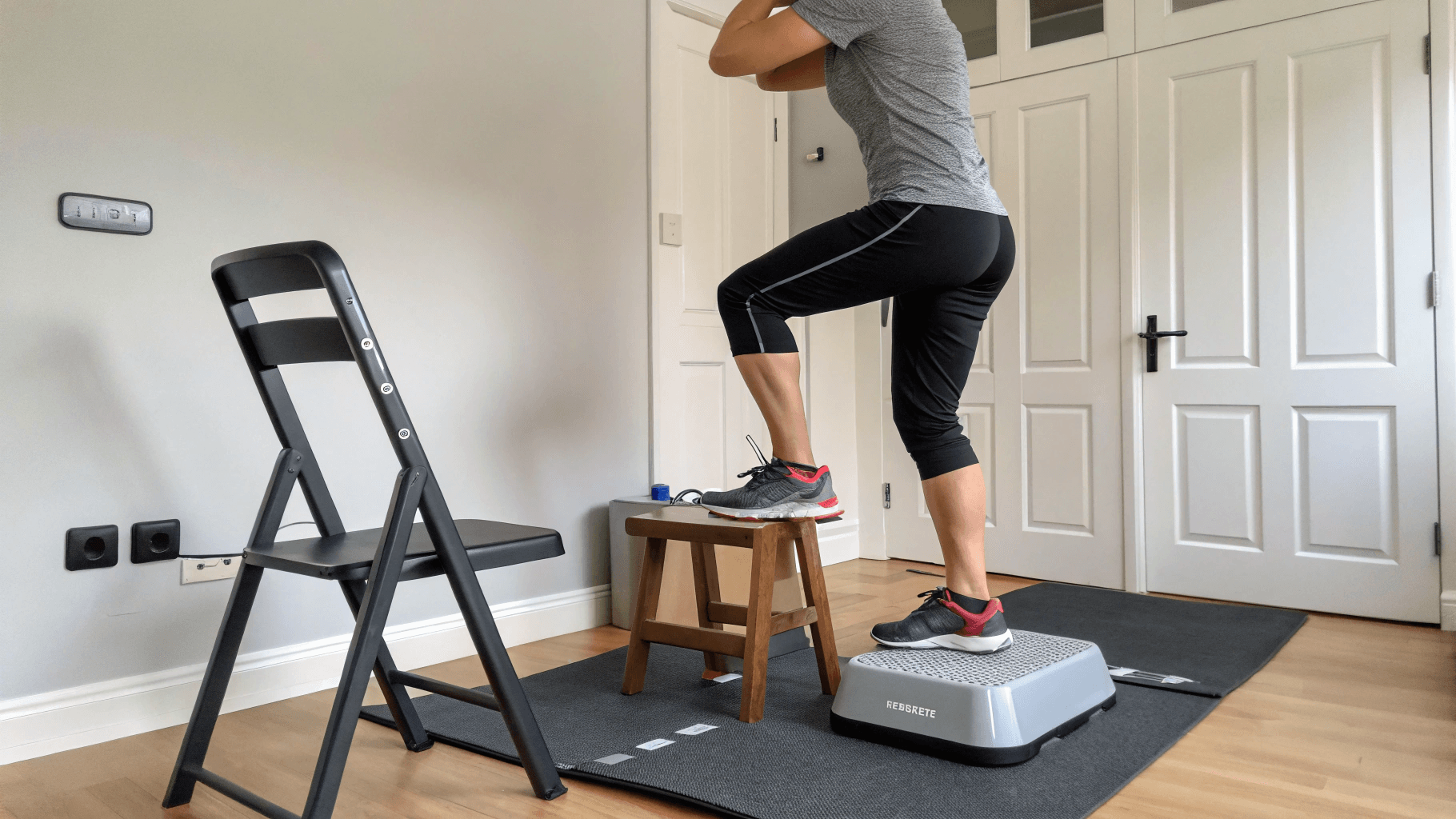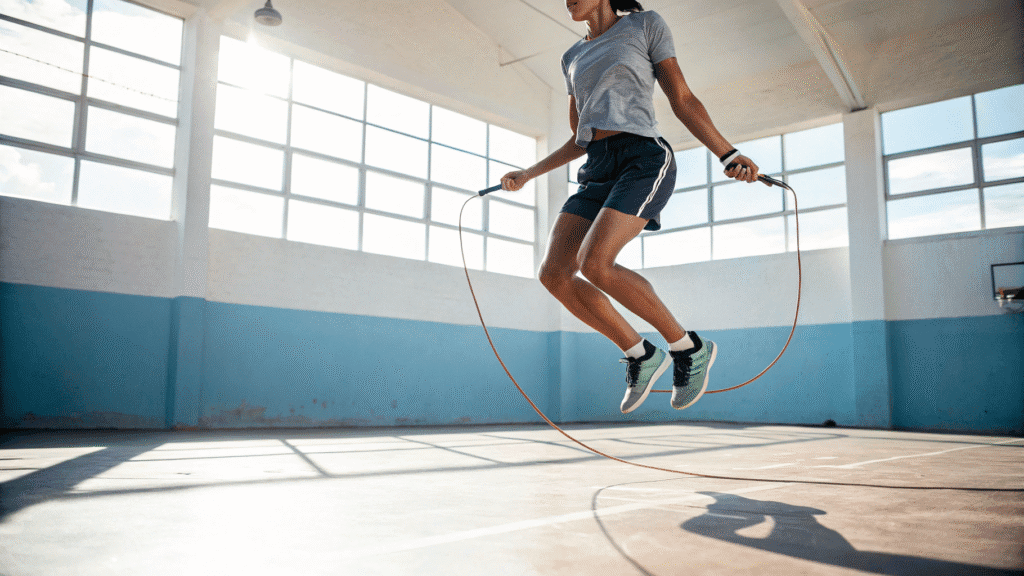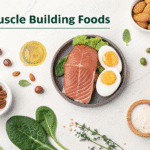Calf exercises at home are essential for soccer players aiming to improve performance and prevent injury. Although all muscle chains are important in soccer, the lower limbs play a particularly crucial role. Among these muscle chains, the main ones, from bottom to top, are the calves, quadriceps (also known as thighs), hamstrings, and adductors.

It is important to do strength training exercises in soccer, particularly for the calves, which, along with the hamstrings, are muscles that are often not worked on in isolation—even though they are responsible for many injuries. Here are our explanations and exercises for calf strength training.
Calf Exercises at Home : What are the calves?
The calves, or triceps surae, are the muscles found at the back of the leg, between the popliteal fossa (behind the knee) and the Achilles tendon (behind the ankle). The calf is composed of three muscle groups that join at the ankle to form the Achilles tendon:
-The lateral gastrocnemius (known as the outer calf)
-The medial gastrocnemius (known as the inner calf)
-The soleus
The calves play a role in plantar flexion, i.e., flexing the ankle, in eversion of the foot, i.e., the movement that brings the ankle outward, and, of course, in stabilizing the foot. Specifically, the calves are involved in movement, but also in kicking a ball, for example.

Some conditions affecting the calves
The calves are the muscles most prone to cramps, often caused by dehydration, which in turn leads to a magnesium deficiency. The calves are not immune to muscle problems such as spasms, soreness, or tears.
Finally, and this is much more serious than the conditions mentioned above, a rupture of the Achilles tendon is possible, particularly in sports involving short bursts of effort with changes of direction, such as tennis, squash, and badminton. The Achilles tendon is the continuation, or insertion, of the calves at the ankle.
When it comes to muscle injuries, one of the various ways to remedy them is to do targeted calf muscle training, something that is too often overlooked.
What calf exercises should you do?
Here are some targeted calf exercises that require no special equipment.
-Step-up/step-down exercise
The first exercise is relatively simple to do and involves stepping up and down on one leg on a step. Explanation: place the tip of your left foot (for example) on the edge of the step, with your heel hanging off the edge (as if you were climbing the step), then flex and extend your ankle. You can add weight by wearing a backpack containing 2 or 3 kg, or even better, ankle weights.
-Jumping rope
Another very interesting exercise is jumping rope, doing it as much as possible on your toes. Your calves will inevitably be put to work to jump, land, and maintain your position on your toes.

–Specific running
It is also possible to build calf muscle by running, but in a specific way: only on your toes. Start gradually, both in terms of speed and running time, to avoid tendonitis (Achilles tendon). You can do sets of 5 minutes on your toes interspersed with 5 minutes of normal running.
–Camel exercise
The “camel” exercise is relevant. Stand facing a wall, with your back straight, your hands flat against the wall, and the tips of your feet slightly raised (on a pair of shoes, for example, or a comic book) so that your heels are off the ground (not very high, just the thickness of a comic book, but this is important). Raise your calves while keeping your hands against the wall (you will be on your toes), then lower your heels below the level represented by the comic book in the example.
–Plyometrics
Finally, another way to do specific calf training without equipment is to work on plyometrics. Stand on an object that is between your mid-shin and knee height, jump onto it without momentum, once you land, maintain a stable position at the ankles and knees (90°), then jump to the other side using the same landing technique (hold the position for 3 seconds). This is an excellent exercise for vertical jump training.
Calf Exercises at Home : What about calf stretches?
As with all muscle chains, it is recommended to do passive stretches when cold, i.e., 1.5 to 2 hours after exercise. Here are two passive calf stretches:
-Standing against a wall, extend one leg behind you so that your foot is flat, push against the wall without causing pain, and hold the position for 15 to 20 seconds. Repeat with the other leg.
-Still standing against a wall, bend the leg that is not being stretched and press the tip of your foot (under your toes) against the wall as high as possible, then gradually straighten up until you feel the calf of the leg pressing against the wall stretch. Hold the position for 20 seconds. Repeat with the other leg.
Conclusion on calves and calf training
We have just seen how important calves are for footballers. During a muscle training cycle, try to focus on them with the exercises we have just discussed, especially since they do not require any specific equipment.



